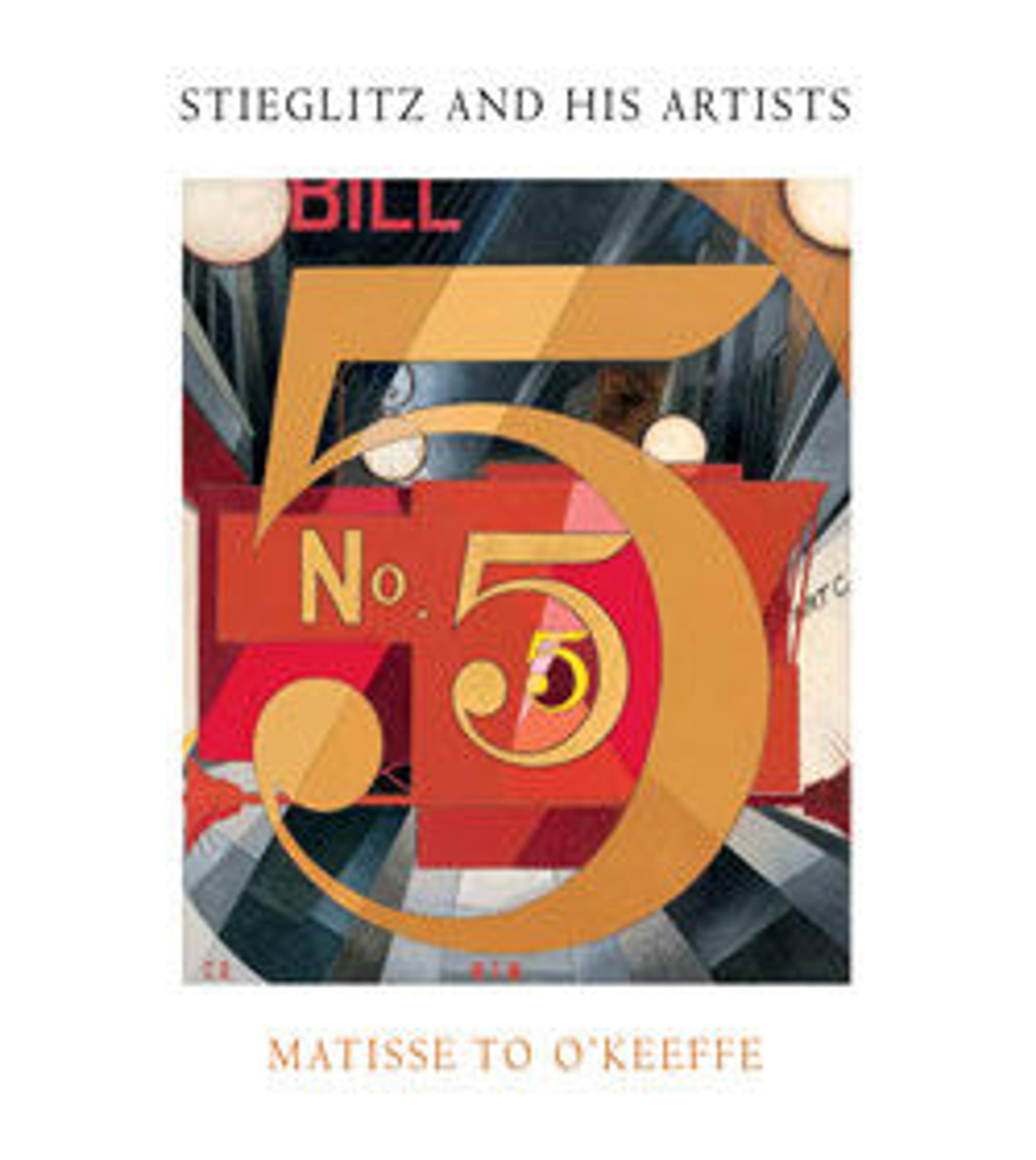Narcissi
Demuth's home in Lancaster, Pennsylvania, which he shared with his mother, was accompanied by a lavish garden whose colorful displays throughout the seasons inspired most of his flower watercolors. Here, the tall narcissi that bloom only in the spring must have been painted after his return from Bermuda. Throughout his career, flowers remained a persistent leitmotif, existing side by side with his more hard-edged, architectural subjects. In 1927 A. E. Gallatin wrote: "Demuth's studies of flowers are no doubt the examples of his work which are most familiar to the public, for since the earliest days of his career he has been engrossed in the delineation of flower forms….These water-colours the artist has produced in great profusion. The earlier ones are sometimes almost dainty in appearance, but as the years have passed they have taken on new and richer forms. His renderings of clusters of tulips, zinnias, cyclamen, daisies, gladioli and native pink orchids are possessed of a strange beauty, and that undefinable thing known as quality abounds in them."
Artwork Details
- Title: Narcissi
- Artist: Charles Demuth (American, Lancaster, Pennsylvania 1883–1935 Lancaster, Pennsylvania)
- Date: 1917
- Medium: Watercolor and graphite on paper
- Dimensions: 10 13/16 in. × 8 in. (27.5 × 20.3 cm)
- Classification: Drawings
- Credit Line: Alfred Stieglitz Collection, 1949
- Object Number: 49.70.71
- Curatorial Department: Modern and Contemporary Art
More Artwork
Research Resources
The Met provides unparalleled resources for research and welcomes an international community of students and scholars. The Met's Open Access API is where creators and researchers can connect to the The Met collection. Open Access data and public domain images are available for unrestricted commercial and noncommercial use without permission or fee.
To request images under copyright and other restrictions, please use this Image Request form.
Feedback
We continue to research and examine historical and cultural context for objects in The Met collection. If you have comments or questions about this object record, please contact us using the form below. The Museum looks forward to receiving your comments.
